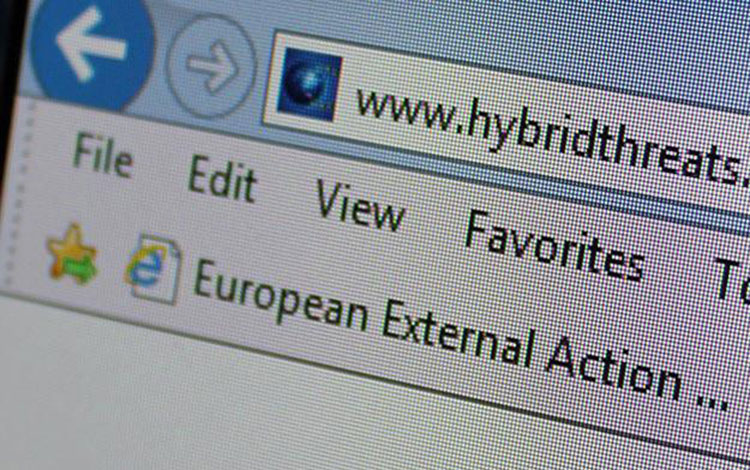The Commission and the High Representative/Vice-President Mogherini report today on actions taken and next steps to implement the 2016 Joint Framework on countering hybrid threats, delivering on President Juncker’s commitment to build a European Union that protects. Significant progress has been made.
The EU has improved its awareness and the information exchange between Member States on these growing security threats, which often combine conventional and unconventional methods, ranging from terrorism and cyber-attacks to disinformation campaigns or media manipulation. But more remains to be done, as the nature of hybrid threats continues to evolve.
High Representative/Vice-President Mogherini said: “Hybrid threats are a major security concern for the European Union, its Member States and our partners. We are working to improve the awareness of the threats through the EU Hybrid Fusion Cell, to monitor and counter illegal online content and propaganda with our Strategic communication task forces, to enhance the capacities of third countries and to step up our cooperation with NATO. This is at the core of our Global Strategy adopted last year. The safeguard of our society is a priority for the EU.“
Vice-President Katainen added: “Following our proposal for a European Defence Fund and the reflection paper on the Future of European Defence, we are taking further steps towards a Security and Defence Union. Increased co-operation to address hybrid threats will make us more resilient. The EU adds value by assisting Member States and partners, relying on a wide range of existing instruments and programmes. Our approach brings together the key actors while fully respecting their different roles and responsibilities.”
Commissioner Bieńkowska added: “Cooperation in security and defence is not an option – it’s a must. Europe faces more hybrid, unconventional security challenges than ever. That is why, as the report shows, we are responding an unprecedented level of cooperation between the EU, Member States and NATO to improve resilience, address strategic vulnerabilities and prepare coordinated responses.”



